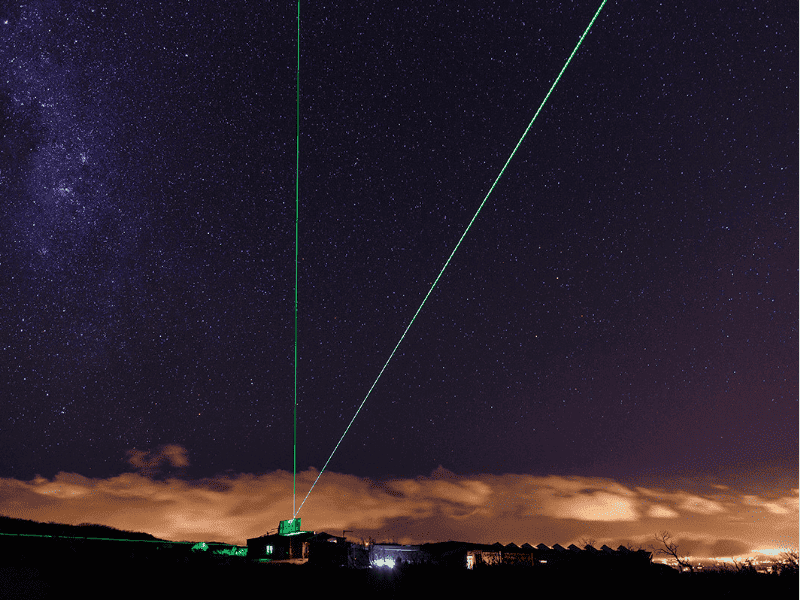Many of the instruments that operate within the framework of ACTRIS are also embedded within international networks such as NDACC or PGN. CREGARS will maintain close ties to these networks and will ensure that the products which are produced within ACTRIS also meet the criteria of the networks. Note that inverse is not the case as ACTRIS establishes more stringent quality control and processing steps.
Network for the Detection of Atmospheric Composition Changes (NDACC)
NDACC or the Network for the Detection of Atmospheric Composition Changes is a global international network of more than 70 globally distributed, ground-based, remote-sensing research station with more than 160 currently active instruments (Brewer, Dobson, FTIR spectrometer, Lidar, Microwave Radiometer, Sonde, UV Spectroradiometer and UV/Visible spectrometers). Each instrument type features its own dedicated working group in which measurements protocols are established.
Pandonia Global Network (PGN)
The Pandonia Global Network operates more than 100 Pandora instruments deployed around the globe. The network is operated jointly by NASA and ESA as part of their “Joint Program Planning Group Subgroup” on calibration and validation and field activities, with additional collaboration from other institutions, most notably via the US Environmental Protection Agency (EPA) integration of instruments at long-term air quality monitoring stations. The PGN provides real-time, standardized, calibrated and verified air quality data and associated uncertainty values.

